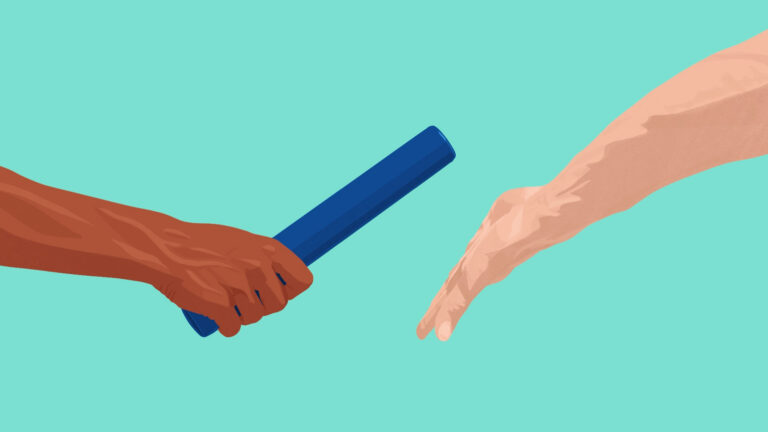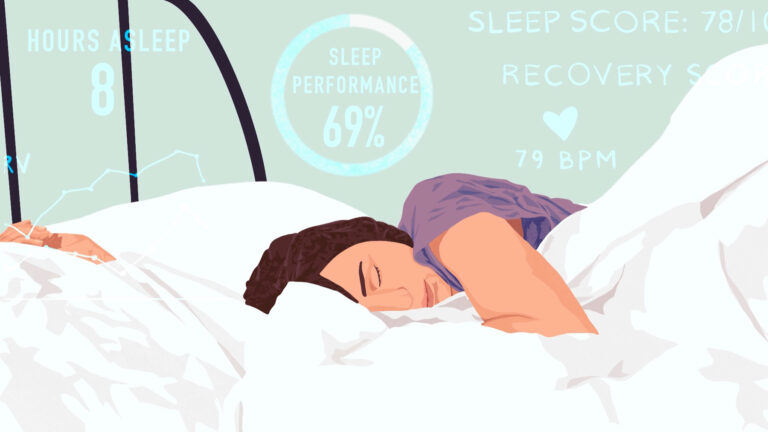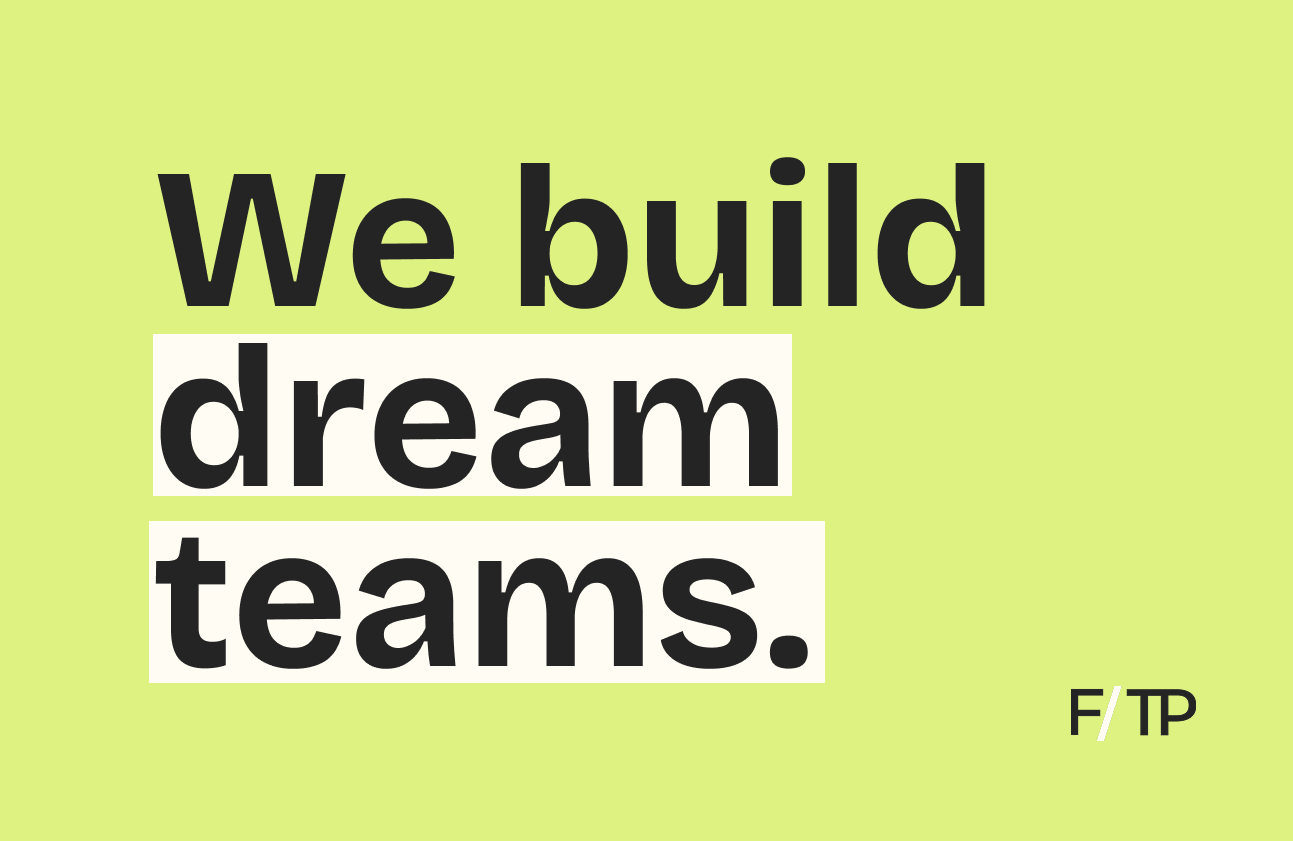From the death of gyms to a home workout boom and back to reality, we asked industry executives for their thoughts on what comes next.
After reviewing responses and connecting the dots, these are the trends shaping the future of fitness.
Who you’ll hear from: Barry’s, Mindbody, Xponential Fitness, Technogym, Beachbody, obé, Tempo, Liteboxer, Silofit, CITYROW, [solidcore], Les Mills, FORTË, and FitLab.
Back to Business
Brick-and-mortar brands are saying “told you so” as in-person workouts rebound. But, it’s not business as usual for gyms/studios.
Together again. Playing to their strengths, physical locations are all-in on human connection.
Providing “more than just a workout,” Xponential Fitness CEO Anthony Geisler said gyms/studios need to “create experiences that prioritize accessibility, community, and belonging.”
Similarly, CITYROW CEO Helaine Knapp said studios should “lean on what they do best… driving a high level of experience, engagement, community, and connection.”
Embracing change. IRL proprietors agree — digital fitness is here to stay.
To that end, Xponential’s Geisler pointed to the brand’s 360-degree offering and lululemon partnership. And Knapp noted that CITYROW was omnichannel from the start.
Detailing the broader shift, FORTË CEO Lauren Foundos said gyms no longer believe “digital will cannibalize their [in-person] business.” Now, she added, they’re well-positioned to offer a “truly omnichannel model.”
Bridge the gap. A stumbling block, says Les Mills US CEO Sean Turner, gyms/studios can’t build siloed in-club and remote offerings. Instead, Turner said, they must “bridge the gap between live and digital… to create an integrated fitness experience”
Silofit CEO Wilfred Valenta agrees, adding: “Gyms have a unique opportunity to leverage physical and digital, creating a hybrid offering that gives customers an end-to-end experience.”
About Face
From exponential growth to slowing sales, digital/connected fitness is correcting course.
Pulling no punches, Technogym CEO Nerio Alessandri said the pandemic was like “doping” for the sector:
“Many digital fitness companies exist only because of the pandemic. Many of them wouldn’t have been born if the pandemic hadn’t taken place. And many would have gone bankrupt a long time ago without it.”
Pricey. Touting accessibility, some hardware makers are suddenly price sensitive.
“There are only so many people with $2K to spend on hardware,” says Liteboxer CEO Jeff Morin. Beyond high-earners, Morin said the market remains untapped.
Along those lines, Tempo CEO Moawia Eldeeb expects to see “more reasonably priced solutions that deliver a great workout without breaking the bank.”
Sweat-share. Because “there’s no silver-bullet modality, piece of equipment, or singular product feature,” obé co-CEOs Ashley Mills and Mark Mullett said digital and in-person brands could team up to capture more “sweat-share.”
Another area to explore, Mills and Mullett said more members are “fitness stacking,” consuming obé content on their phone at the gym.
TBD. Prior to—and during—the pandemic, companies like Peloton pitched themselves as gym disruptors. Meanwhile, brick-and-mortar brands downplayed digital. Now, the narrative is changing.
As consumers opt for hybrid fitness, the ratio of at-home to in-person will vary. Forging new partnerships or acquiring complementary platforms, brands must meet members every step of the way.
Wellness Evolved
As consumers prioritize physical, mental, and emotional well-being, providing a unified experience is paramount.
The whole self. Detailing this shift, Mindbody CEO Josh McCarter said, “gyms/studios need to lean into the fact that the definition of wellness is changing,” adding:
“The fitness industry can take this as an opportunity to expand its footprint, bring customers a wider variety of services, and engage their communities.”
Related to this trend, Barry’s CEO Joey Gonzalez told us the company is talking more about mental health across digital and in-studio because members want “optimal physical and mental wellness.”
TAM. Another area of alignment, everyone we spoke with agrees the wellness market is poised to reach new heights.
Simply put, more people are participating in more forms of self-care. Plus, devoted consumers will become even more engaged. Meeting people earlier in their journey, brands can increase access to health and fitness while growing the overall market.
Quick Hits
Rounding out our conversations, personalization, gamified workouts, and younger demographics were top of mind.
Gen Z. FitLab senior director Michael Rutledge and Joey Gonzalez of Barry’s both pointed to this demo’s expected impact, with Gonzalez calling Gen Z “the client of the future.”
Hyper-personal. As Mindbody’s Josh McCarter put it, “consumers want experiences as unique as they are.” Tapping technology, [solidcore] CEO Bryan Myers said data and AI will unlock hyper-personalization.
Game time. Reaching new audiences, gamified workouts have taken off. But opinions diverge on what’s next. Technogym’s Alessandri said the metaverse “will make people’s quality of life worse.” On the flipside, Liteboxer’s Morin and Rutledge of FitLab believe augmented reality will reshape the industry.
Delivering Results
It’s easy to get caught up in the hype of newfangled tech.
But, as Beachbody CEO Carl Daikeler hammered home, “Health and fitness require some self-discipline, effort, and consistency. There is no magic pill or technology.” The industry’s success, Daikeler continued, is “measured by the results people get.”
Resisting the urge to chase innovation—creating complex or expensive solutions—brands should be held to a new standard, mainly: With trillions spent on fitness and wellness, are we getting any healthier?
🛏 Smart Sleep
Sleep is a pillar of good health. But for many, restful shut-eye is merely a dream.
On the Fitt Insider Podcast: Eight Sleep co-founder and VP of Brand & Marketing Alexandra Zatarain discusses the concept of sleep fitness.
We also cover: raising more than $150M in funding and the company’s quest to compress a full night’s sleep to under six hours.
Listen to today’s episode here
🧠 The Quantified Employee
Pushing into corporate wellness, WHOOP launched “Unite” to optimize workforce well-being.
What it is: Teaming with more than 200 organizations, from healthcare to higher education, WHOOP Unite helps employers combat stress and burnout.
How it works: Employees receive a WHOOP 4.0 band to measure sleep, strain, and recovery through metrics like heart rate variability, blood oxygen, and skin temperature.
Employers receive an administrative dashboard, organizational analytics, and employee coaching from WHOOP.
A-team. Beyond wellness perks or step counting, WHOOP’s chief business officer Mark McLaughlin told Fitt Insider Unite takes an actionable approach to building resilient teams:
“Long-term behavioral change requires personalized insights and coaching to transform how employees show up to work each day, and how their employers support them.”
B2B wellness. WHOOP joins a growing list of fitness- and performance-focused brands—including Hyperice, FitOn, and Future—courting employer and healthcare sponsors.
Share this headline
⌚️ Watch This
Headlining the company’s annual developer conference, upgrades to Apple’s watchOS 9 span exercise, sleep, and healthcare.
- Run wild. Improving efficiency, runners can track metrics like Stride Length, Ground Contact Time, and Vertical Oscillation.
- Shut-eye. With the addition of sleep stages, Apple Watch now detects REM, Core, and Deep Sleep in addition to time asleep.
- Hearty. An FDA-approved feature, users can enable AFib History, gaining insights into heart health and sharing it with their doctor.
- Prescribed. A new app helps manage medication with reminders to take it. It also alerts users of harmful interactions between drugs.
And more… Additional workout enhancements include heart rate zone tracking, custom interval workouts, and sport-specific settings for triathletes. Of note, the company’s Fitness app is now available to all iPhone users, no Watch required.
Punchline: Whether it’s primary care, Fitness+, or prescription wearables, Apple hopes to fulfill CEO Tim Cook’s belief that health will be the tech company’s “greatest contribution to mankind.”
🗣 Be a Friend, Tell a Friend
If you’re a fan of Fitt Insider, we’d be super grateful if you helped spread the word!
From the newsletter and podcast to our jobs board and investor directory, we’re working hard to deliver as much value as possible.
If you could share this issue or tell a friend about us, it would have a huge impact.
Thanks for being part of the Fitt Insider community!
📰 News & Notes
- Peloton swaps out CFOs.
- Freshly and ASICS collab on meal plans for runners.
- Bootstrapped health & fitness companies, sound off.
- Fitt Jobs: visit our curated health & fitness jobs board.
- Beyond Meat faces class-action lawsuit over nutritional benefits.
- Startup Q&A: Flexia founder Kaleen Canevari on connected Pilates.
- Abbott’s new, smaller CGM lands FDA approval. [Re-read: The Metabolic Health Report]
- Smart ring-maker Movano secures patent for noninvasive glucose and blood pressure.
💰 Money Moves
- Nextiles, creators of smart fabric technology for athletes, raised $5M in a seed round led by Drive by DraftKings, with participation from the NBA and others.
- Personal training platform Kickoff landed a $7M investment led by 645 Ventures with support from FJ Labs and Expa.
More from Fitt Insider: Fitness Creators, Revisited - VR meditation company TRIPP scored $11.2M in a round led by BITKRAFT Ventures to build mindfulness apps in the metaverse.
- Let’s Do This, an endurance events marketplace, closed a $60M Series B led by Craft Ventures and Headline.
- Culina Health, a personalized clinical nutrition platform, raised $4.75M in a seed round.
More from Fitt Insider: Food as Medicine - Vital, an interoperability platform connecting healthcare and personal data from wearables, secured $2.9M in a seed round led by Point Nine.
- Buddyfit, an Italian digital fitness platform, raised €10M ($10.7M) in a funding round.
- Longevity supplement company Avea scored €2.43 ($2.60M) to extend the human health span.
More from Fitt Insider: The Quest to Live Forever - Nutrition-as-a-service platform Sifter added $5M in seed funding led by Valor Siren Ventures.
- Plant-based meal delivery service Daily Harvest received undisclosed investment from Patricof Co, an athlete-investor platform representing Blake Griffin, Carmelo Anthony, and others.
- WIN Reality, an immersive VR training tool for baseball and softball players, locked in $45M from Spectrum Equity.
- Psychedelic teletherapy platform Innerwell added $3M in a pre-seed round led by Greycroft.
More from Fitt Insider: Psychedelics as Medicine - Paris-based Popchef secured €15M ($16M) to build a healthier workplace cafeteria.
Today’s newsletter was brought to you by Anthony Vennare, Joe Vennare, Ryan Deer, and Melody Song.






